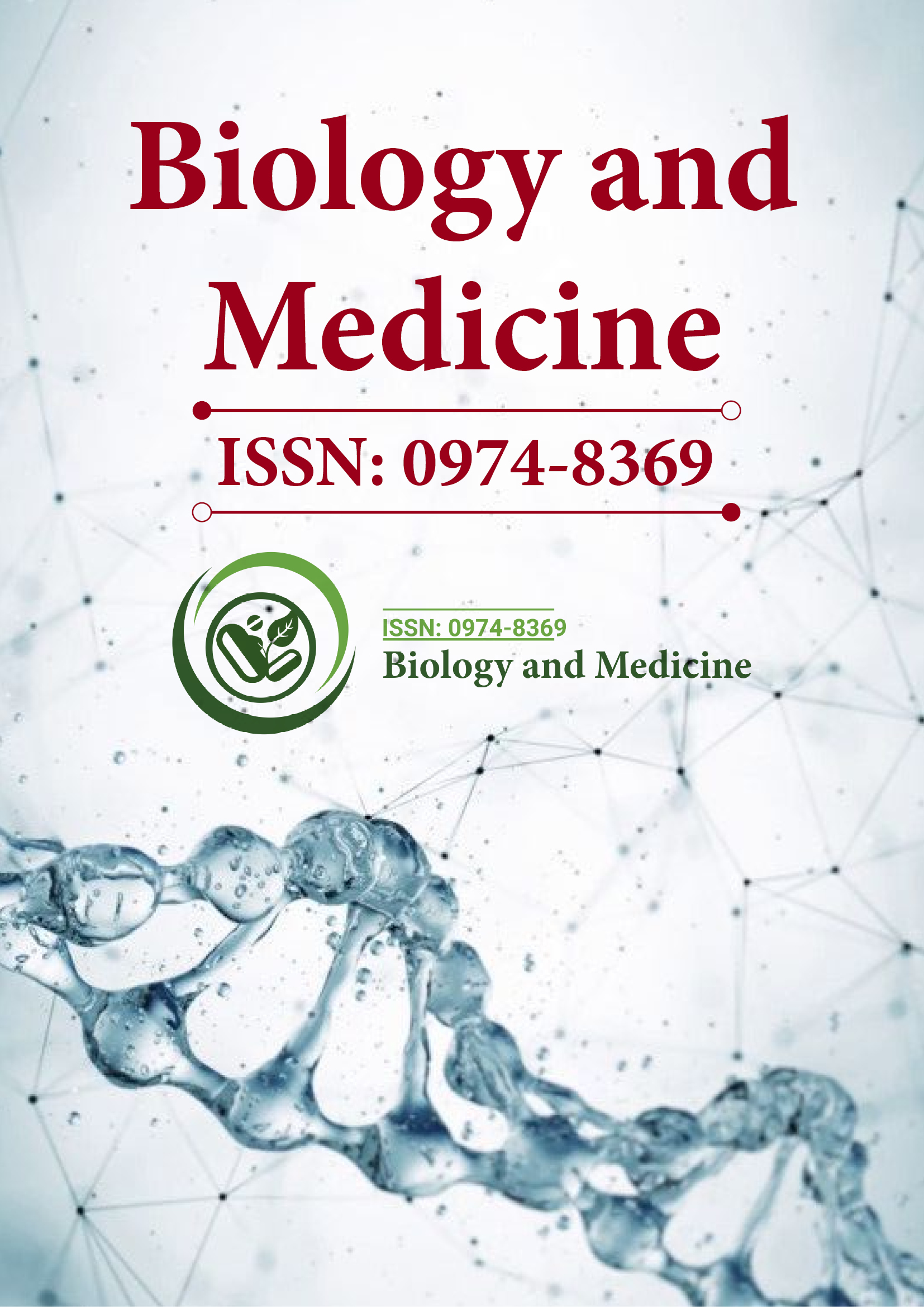Indexado em
- Abra o Portão J
- Genamics JournalSeek
- CiteFactor
- cosmos SE
- Scimago
- Diretório de Periódicos de Ulrich
- Biblioteca de periódicos eletrônicos
- RefSeek
- Universidade de Hamdard
- EBSCO AZ
- Diretório de Indexação de Resumos para Periódicos
- OCLC- WorldCat
- Invocação Proquest
- Scholarsteer
- ESTRADA
- Biblioteca Virtual de Biologia (vifabio)
- publons
- Fundação de Genebra para Educação e Pesquisa Médica
- Google Scholar
Links Úteis
Compartilhe esta página
Folheto de jornal

Periódicos de Acesso Aberto
- Agro e Aquicultura
- Alimentos e Nutrição
- Bioinformática e Biologia de Sistemas
- Bioquímica
- Ciência de materiais
- Ciencias ambientais
- Ciências Clínicas
- Ciências Farmacêuticas
- Ciências gerais
- Ciências Médicas
- Cuidados de enfermagem e saúde
- Engenharia
- Genética e Biologia Molecular
- Gestão de negócios
- Imunologia e Microbiologia
- Neurociência e Psicologia
- Química
Abstrato
Pseudomonas plecoglossicida como novo organismo para a biorremediação da cipermetrina
Hansa Boricha,MH Fulekar
O uso cada vez maior de pesticidas aumentou a propensão de identificação de microrganismos para biorremediação. Este estudo de investigação foi realizado para a caracterização física, química e microbiana de dejetos animais, com especial referência ao estrume de vaca pela sua potencial utilização na biorremediação de compostos perigosos como pesticidas. Os dados físico-químicos mostram condições favoráveis para o crescimento e proliferação do consórcio microbiano. O consórcio microbiano avaliado a partir de resíduos animais (estrume de vaca) era composto principalmente por Pseudomonas sp., Actinomycetes sp., Cellulomonas sp., Escherichia coli, Flavobacterium sp., Serratia sp., Nocardiasp., Sarcinasp., Salmonellasp., Staphyloccocus aureus, Alcaligens sp., Bacillus sp. De forma a isolar e identificar o potencial microrganismo, o consórcio microbiano foi exposto a concentrações crescentes do pesticida cipermetrina, nomeadamente 10 mg/L, 25 mg/L, 50 mg/L e 100/mg/L utilizando a técnica de processo de aumento de escala. O potencial organismo resistente a concentrações mais elevadas foi identificado pela técnica de rDNA 16s. O organismo foi identificado como Pseudomonas plecoglossicida com homologia NCBI BLAST e é um novo organismo para a biorremediação de compostos perigosos.